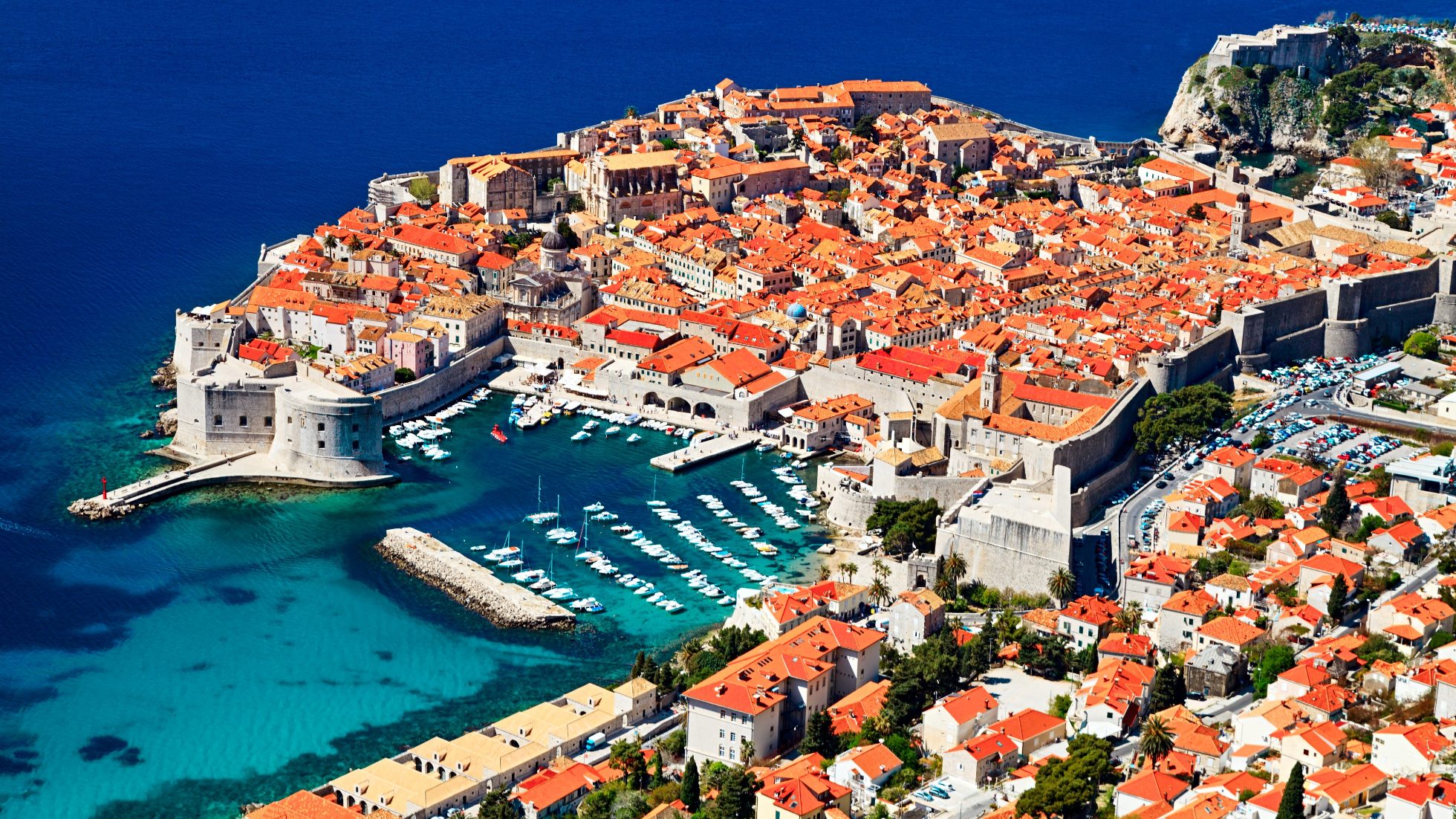Dubrovnik – the best attractions, or thing that are worth seeing

The beautiful pearl of the Adriatic is the absolute Number One during Croatian holidays.. Its impressive history, which gave birth to the beautiful architecture, as well as scenic views and unique atmosphere will make you want to come back as soon as you can! Make a plan of what to see in Dubrovnik ans spend a day which you are going to remember until… your next visit! Because you will surely want to come back.
Walls with great views!
The whole city is surrounded by mighty and strong defensive walls. For centuries, they were defending the security of the city's wealthy townsmen and merchants who were exposed to various dangers. Indeed, the fame of their wealth was known all across the Mediterranean and even beyond! You must see this place! Walk the entire ring and admire its scale and fabulous views. Come at dawn, so that you can avoid crowds and have sufficient time to see other attractions of Dubrovnik.

Waterworks like a historic monument!
Slowly passing successive fragments of the wall, you will know what to see in Dubrovnik next after you climb down. Having circled the city, you will come across a small, usually very crowded square called Poljana Paska Miličevića, in the centre of which stands the monumental Great Well of the year 1438, which is a part of the sill operating (sic!) system of city waterworks. There are several temples surrounding the square: to the left of the gate there is the 16th century Church of St. Saviour, near it is the several times bigger complexof St. Francis Church and the Franciscan Monastery, and opposite you will see the buildings of the former Poor Clare Sisters' Convent, to which patrician daughters were once sent.
Subtle and elegant
Shooting off from the square there is Dubrovnik's main street – Stradun, also known as Placa. Today, it is the city's showroom, nearly always densely packed with tourists. The street was once lined up by richly ornamented Gothic and Renaissance palaces, but after the 1667 earthquake they were replaced by much more modest Baroque buildings with commercial spaces at the street level. The buildings are nearly identical, as a result of which the space is harmonious and well ordered. It makes the biggest impression at dawn, when it is still asleep, and at dusk, when one-day guests are slowly preparing to leave.
Secular and ecclesiastical power
Continue along Stradun and you will get to the city's main square, which is surely one of Europe's most beautiful. It is packed with amazing structures dating back to the 15th-17th century. Have a look at its north-eastern corner, where there is the beautiful Sponza palace, and then move your eyes to the City Bell Tower and the adjacent Fire House. A bit farther away, there is the 13th century Palace of the Major Council, and at the very end you will see crème de la crème - the Duke's Palace, also known as the Rector's Palace, which once served as the seat of the authorities of the Republic. In addition to public buildings, the square also has some temples. In the corner of Stradun and Placa there is St. Blaise's Church, probably the city's most beautiful, built in the flowery style of Venetian Baroque, and from the south the square is completed with the façade of a three-nave cathedral.

Belly of the city
Now you might be thinking about other attractions in Dubrovnik apart from the main square. The narrow passage opposite the Rector's Palace will lead you to Gundulićeva Poljana, a charming square which – as the locals say – turns into the "belly" of the city every morning as a big food market starts selling local products, fruit and vegetables. The colours and aromas are just stunning! The stalls are full of local delicacies, but most tourists feel the knees buckling under them when they are confronted with the prices asked by the vendors.
Dubrovnik's "multikulti"
From there, to can head south down Uz Jezuite street, and then up the monumental stairs (modelled on the famous Spanish Stairs in Rome), and you will finally reach a square at which the beautiful Jesuit Church of St. Ignatius stands. It is one of the most beautiful corners of the city. From there you can take a short walk to the nearby Orthodox church. An eastern accent in a Mediterranean city, it shows how many influences intermingled there in the past. Don't be surprised when during you walk around the city you encounter the Muslim Crescent and the Jewish Star of David – those religions had their followers in the multicultural Dubrovnik, too.
Check flights to Croatia!


